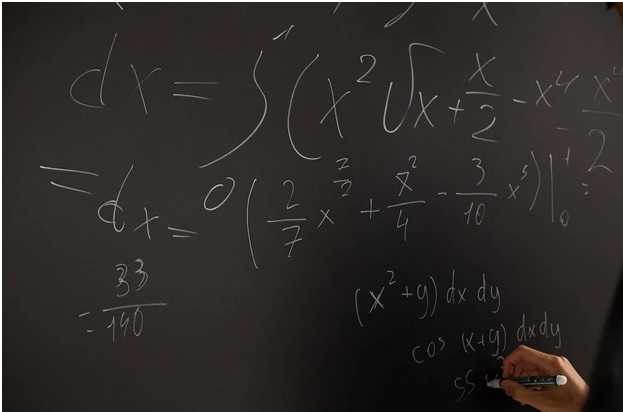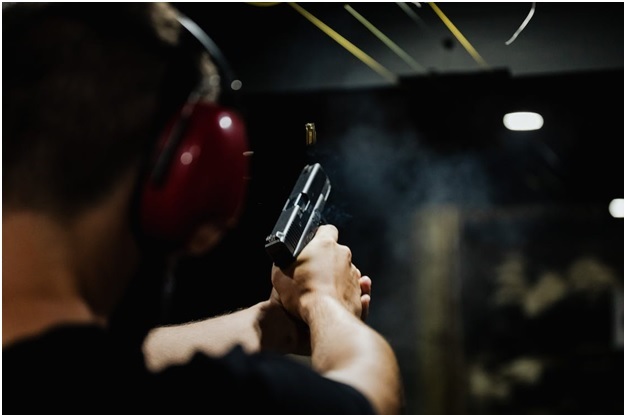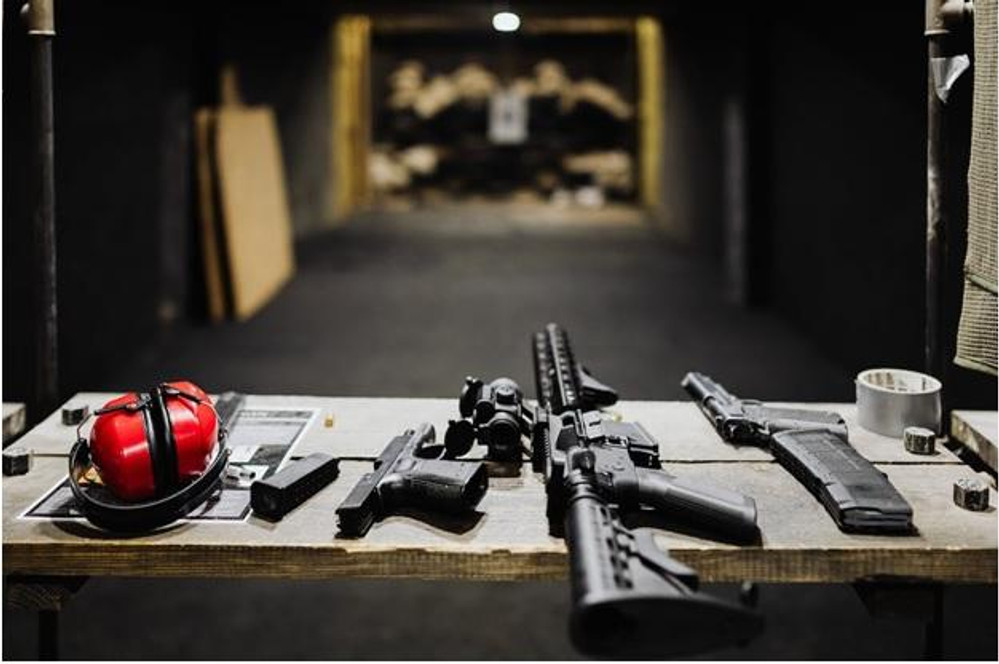Our founder, Bucky Wilder, recently took up the patriotic torch with the vision of assisting Americans around the country in enjoying the shooting sports, and more importantly, in exercising their fundamental, God-given, 2nd amendment rights.
What some of you may not know is that Bucky Wilder has had as many career paths as a cat has lives. He’s had a few more, honestly.
For a time, he had a custodial job at Harvard, where he’d hoped to solve complex mathematical theorems by lurking here, there, and everywhere, and listening in on the academic murmurings thereabouts.
While that ultimately didn’t work out, he did learn a thing or two about basic physics and applied mathematics, so we asked him to sit down with us - for the benefit of our customers - and explain recoil.
Here’s what we learned.
What Is Recoil?
We all “know” what recoil is. But understanding something on a granular, mathematical level is a bit different from being able to identify its effects.
Recoil is what happens when you shoot a gun. The bullet has mass. The bullet’s mass can carry energy imparted from the rapid deflagration of the propellant charge and subsequent expansion of gases behind it.
That recoil, or kick, if you will, has some significant implications. It causes muzzle flip which can adversely impact accuracy. It can cause flinching. It can cause recoil fatigue, which makes it harder to shoot for longer.
And, as we all know, recoil can cause bruised shoulders and sore wrists.
But what is the cause, how can you calculate it, and what can you do about it?
Muzzle Energy: How to Calculate It
One way to calculate the “felt” recoil that you will experience requires you to know the following quantities, courtesy of Bucky Wilder from his years at Harvard University.
You will need to know the mass of the bullet, the muzzle velocity of the bullet, the mass and velocity of the powder charge, and the mass of the firearm.
Some of these quantities, such as bullet mass and firearm mass, are easy to gather. Taking the following American Eagle 9mm load as an example, we can see that each bullet weighs 115 grains.
Suppose you are shooting a Glock 19. Fully loaded, that G19 will weigh 29.6 ounces. However, it is important to recognize that a G19 with a half-loaded mag will weigh less than one that is fully loaded, so even during firing, felt recoil will shift slightly.
The mass and the velocity of the powder charge are theoretically easy to come by, but the other thing you have to remember is that factors such as the type of propellant used and the length of the barrel will also impact muzzle energy.
These changing factors make it very difficult to calculate felt recoil using the variables listed above.
Fortunately, Bucky Wilder has an easier, simpler way, on the basis of the cartridge, ignoring the mass of the firearm.
Bucky Wilder’s Cheat Code

While it is very difficult to account for variables that shift with the firearm, Bucky Wilder has a much simpler equation for determining recoil: muzzle energy.
This formula is much more straightforward. It is given by:
(Muzzle Velocity2)(Bullet Weight)/450,240 = Muzzle Energy, in ft-lbs.
(The constant of 450,240 in the denominator accounts for the fact that muzzle velocity is measured in FPS and bullet weight in grains, instead of pounds.)
Again taking the American Eagle 9mm round mentioned above as an example, we can see from the product listing that it has a muzzle velocity of 1180 FPS.
Plugging in these figures, we have ((1180X1180)(115))/450,240 = ~355ft-lbs.
Hold onto your hat, because we’re going to save you an ounce of effort.
Check the product listing for that American Eagle 9mm cartridge again. In the product information, you can see that the muzzle energy is displayed, at 356 ft-lbs, pretty close to our estimate.
But, our little formula can help you determine the muzzle energy of another round if all you have is the bullet weight and muzzle velocity, but the product information doesn’t overtly disclose the muzzle energy.
Now, why does this all matter? Because, firearm weight and barrel length aside, muzzle energy is, all things considered, the primary determinant of felt recoil.
In other words, the higher the muzzle energy, the harder the gun is going to kick. Cartridge, powder, and muzzle velocity also affect recoil, but if you want to equate one figure with recoil, it’s muzzle energy.
In addition to that, a cartridge with a lower muzzle energy will generally produce less recoil than one with a higher muzzle energy.
Knowing this “hack” can also help you shop between different rounds. For instance, if you know that some or other 9mm round kicks a bit hard for you, you can just shop for one that produces a lower muzzle energy.

Stock Up on American Eagle 9mm Here
Now that you know how to shop for ammo on the basis of recoil as estimated by muzzle energy, have at it. We carry a bunch of American Eagle 9mm loads as well as 9mm from Remington, Speer, Sellier & Bellot, Magtech, and others, many of them with muzzle energy advertised prominently in the product specifics.
Stock up and save, happy shooting, and be safe.

